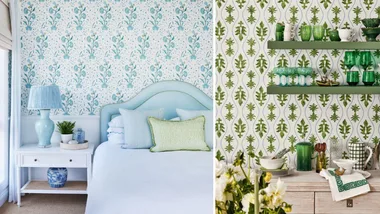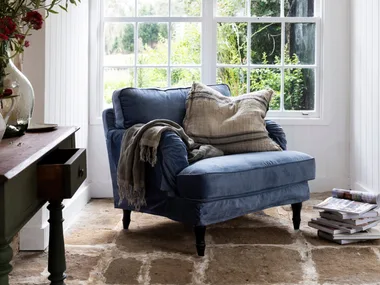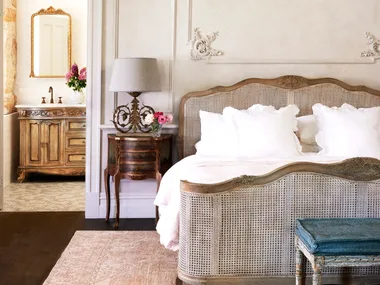In this climate of mass consumerism, we’re encouraged to look at furniture in a different way and alter it to our needs.
Consumers are empowered to make decisions, to think outside the flatpack box, if you will. But if the dictionary meaning of hack is, “to cut into pieces in a rough and violent way, often without aiming exactly,” we’re not sure this is a deserved term for the direction our interior ingenuity has been taking of late.
We feel rather, that home lovers are making homes their own by adapting furnishings and storage components to the way they want to live, rather than the other way around.
It’s not a new concept and we’re not alone. We asked Tiffany Buckins, Head of Interior Design at IKEA how the Swedish retail giant feels about hacks – given there’s an entire army of self-confessed IKEA hackers sprawling across the internet, adapting flatpacks with abandon.
“You know, we are embracing it more and more,” says Tiffany. “It’s just taking our range and looking at it a different way.”

A hack might be as simple as painting the legs on an unfinished table, or taking the handles off a wall system and switching them out with new handles to add that extra bit of personalisation. “What we do know,” says Tiffany, “Is that people are moving more and more away from what you would deem as the traditional ‘flat pack, everybody-has-it’ solution, so personalisation is key.”
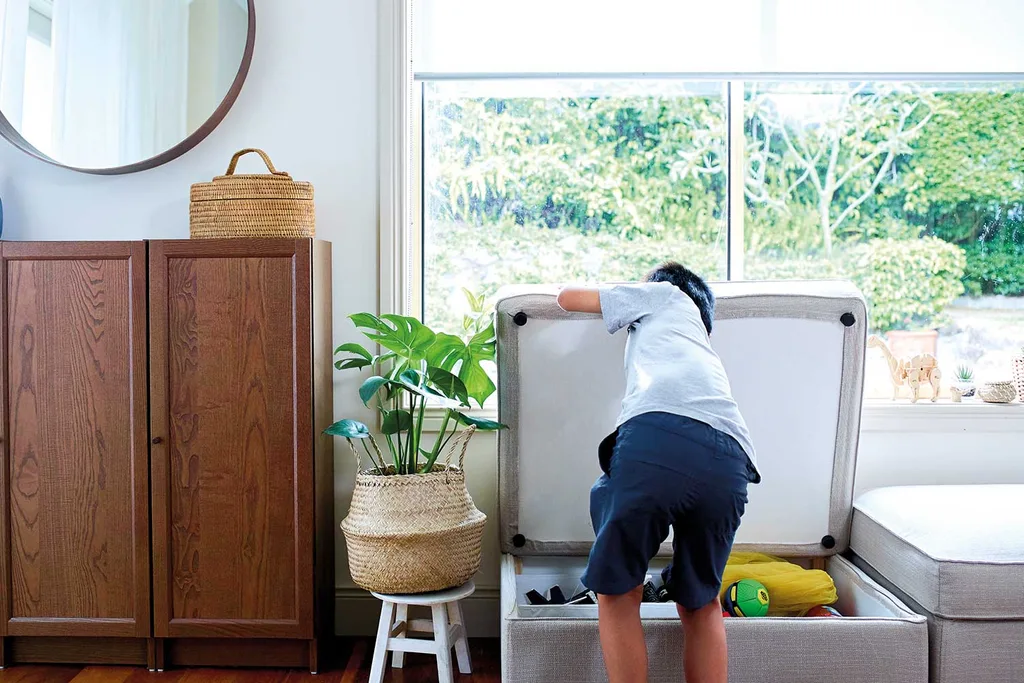
In making over real houses for real people, the interior design team at IKEA did just that with their IKEA + You project. They visited a family within 20km of each IKEA store in Australia and solved their daily problems with IKEA products – in many cases adapting them to suit the needs of the homeowners. Their own hacks included using outdoor products indoors, breaking down components of expansive modular storage systems to hang cupboards over windows with curtain rails suspended from them. They slotted bookshelves behind bedheads to double as storage, used an under-bed storage drawer as a bedside table in a tiny master bedroom.
We are encouraged to do the same – think like an architect from the problem backwards. Ask ourselves, “How does this [product] actually meet my needs and how can I make it my own?”
“I think what’s important for our designers is that they haven’t compromised the integrity of the range,” Tiffany is careful to point out. “The [solution] is still true to what [the range] was intended to be for.”

That takes a little bit of time too, but feel your way through and enjoy the process. It doesn’t have to be with brand new products, either – look carefully at what you already own and consider alternative uses – edit and reorganise storage, shift furniture layouts to serve more than one purpose, or to create a zone within a zone. Use lighting to create areas for reading, studying, listening to music.
The onus is on us to channel our own design flair and creativity – take the time to explore, test and try different options.
You might also like:
The $30 IKEA product that’s had the most hacks of all time
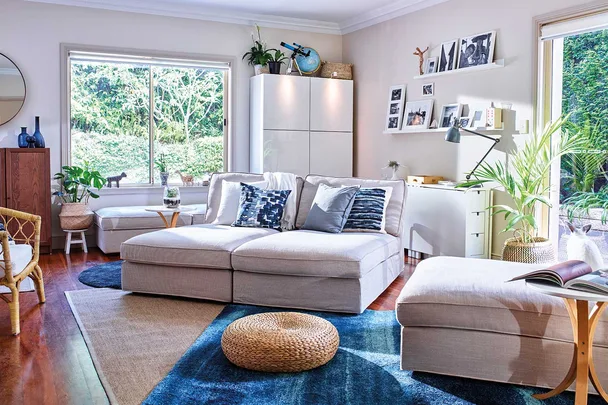 IKEA
IKEA


